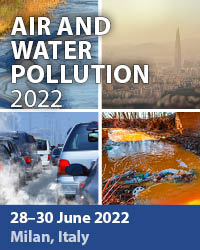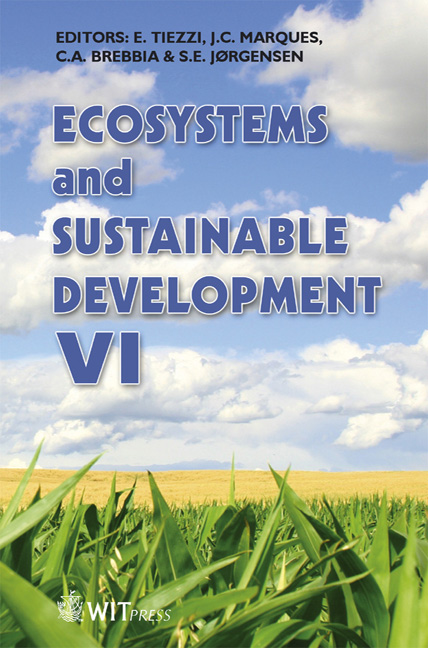Transformations In The Solid And Liquid Phase At Aqueous Carbonization Of Oil Shale Ash
Price
Free (open access)
Transaction
Volume
106
Pages
10
Published
2007
Size
611 kb
Paper DOI
10.2495/ECO070441
Copyright
WIT Press
Author(s)
M. Uibu, A. Trikkel & R. Kuusik
Abstract
The oil shale based energy sector of the Republic of Estonia is related to huge waste flows - about 5 million tons of waste ash is landfilled annually by circulating in the system tens of millions of cubic meters of transportation water saturated with different salts. Due to the distinctiveness of oil shale, the waste ash is characterized by heterogeneous and complicated mineral composition. Ash contains, depending on combustion technology (currently both pulverized firing and circulated fluidized bed combustion are used), 10–20% of free lime as the most active compound. Contacting free lime with water leads to elevated pH values (pH>13) and makes landfilling of this ash by hydraulic transportation highly problematic. It has been shown that the negative environmental impact of high alkalinity of these flows could be equilibrated by using CO2 from flue gases as a neutralizing agent. At the same time the emission of CO2 is diminished. Laboratory batch tests showed that by treating ash – water suspension with CO2-containing flue gases, the most of the free CaO can be reduced to an acceptable level. Some aspects of processes deceleration during wet carbonization of ash have been elaborated. Part of the free CaO present is not accessible due to low porosity and the formation of reaction products on the surface of ash particles. Also, lowering the pH of carbonized ash suspension influences the composition of the liquid phase by increasing leaching of some of the ash components. The behaviour of CaSO4 as one of the dominant Ca-compounds in ash has been elaborated. Keywords: CO2 mineralization, waste oil shale ash.
Keywords
CO2 mineralization, waste oil shale ash.





